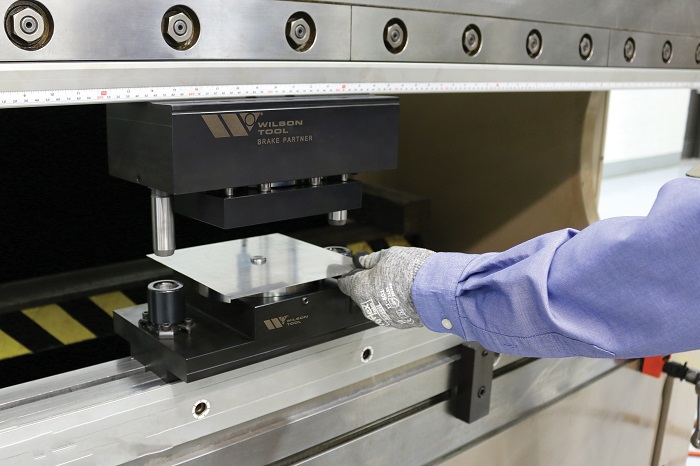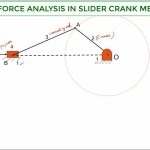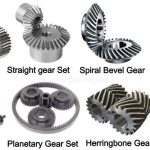A punch press is a type of machine press used to cut holes in material. It can be small and manually operated and hold one simple die set, or be very large, CNC operated, with a multi-station turret and hold a much larger and complex die set.
Description

Punch presses are large machines with either a ‘C’ type frame, or a ‘portal’ (bridge) type frame. The C type has the hydraulic ram at the top foremost part, whereas the portal frame is much akin to a complete circle with the ram being centered within the frame to stop frame deflection or distortion.
C type presses have a bed plate which is used to lock the die bottom bolster. For locking the die, T-bolts are used and so this plate contains T-slots into which T-bolts are slid in. These slots are placed diagonally and with a slot horizontal to the longer side of the plate, is the general practice. These slots run up to a central hole made in the plate, the hole being large enough to accommodate another bush with a hole, the hole being used for dropping the punched part to the bottom of the press. The top of the tool butted against a vertical sliding ram with a clamping system which accommodates only a particular diameter of a threaded cylindrical member called the “shank” of the tool. The bottom portion of the tool is locked to the bottom bed plate and the top portion of the tool is locked to the sliding ram. Top and bottom portions of the tool are generally guided by suitable pillar and bush assemblies, which gives safety to the punching elements of the tool.
Generally the tool is placed slightly above the bottom bed plate by providing two parallel blocks accurately ground to the same size. This is a necessary action since many tools, scrap (cut pieces which are a waste) is discharged through the bottom element of the tool, not necessarily in the centre of the tool. The scrap or the blank (the required portion) come out from the die at different places. These have to be taken out horizontally from between the parallels placed. Otherwise they get accumulated inside the tool itself and cause severe damage to the tool.
In very heavy presses with higher tonnage, the sliding ram has also a thick plate with T slots for locking the top plate of the tool (called the top bolster). In such cases the threaded cylinder called shank is not attached to the tool. The clamps are either mechanical (manually operated using spanners) or air operated varieties.
Turret type punch press machines have a table or bed with brushes or rollers to allow the sheet metal workpiece to traverse with low friction. Brushes are used where scratches on the workpiece must be minimized, as with brushed aluminium or high polished materials.
The punch press is characterized by parameters such as:
· Frame type
· Mechanism of delivering power to the ram (mechanical, electro-mechanical or hydraulic)
· Size of working area (e.g., 2500 x 1250 mm)
· Single or multiple station
· Force rating (for example, 20 tons)
· The type of tool shop and its capacity (e.g., store revolving type, capacity 34 tool)
· Speed or productivity (typically characterized by the speed of strokes with a step movement of 25 and 1 mm)
· Speed of movement without shock (speed-load displacement)
· Maximum weight of workpiece
· Safety features
· Power consumption
· The type of software
Punch presses are usually referred to by their tonnage and table size. In a production environment a 30-ton press is mostly the machine used today. The tonnage needed to cut and form the material is well known, so sizing tooling for a specific job is a fairly straightforward task. According to the requirement the tonnage may even go up to 2000 to 2500 ton presses.


